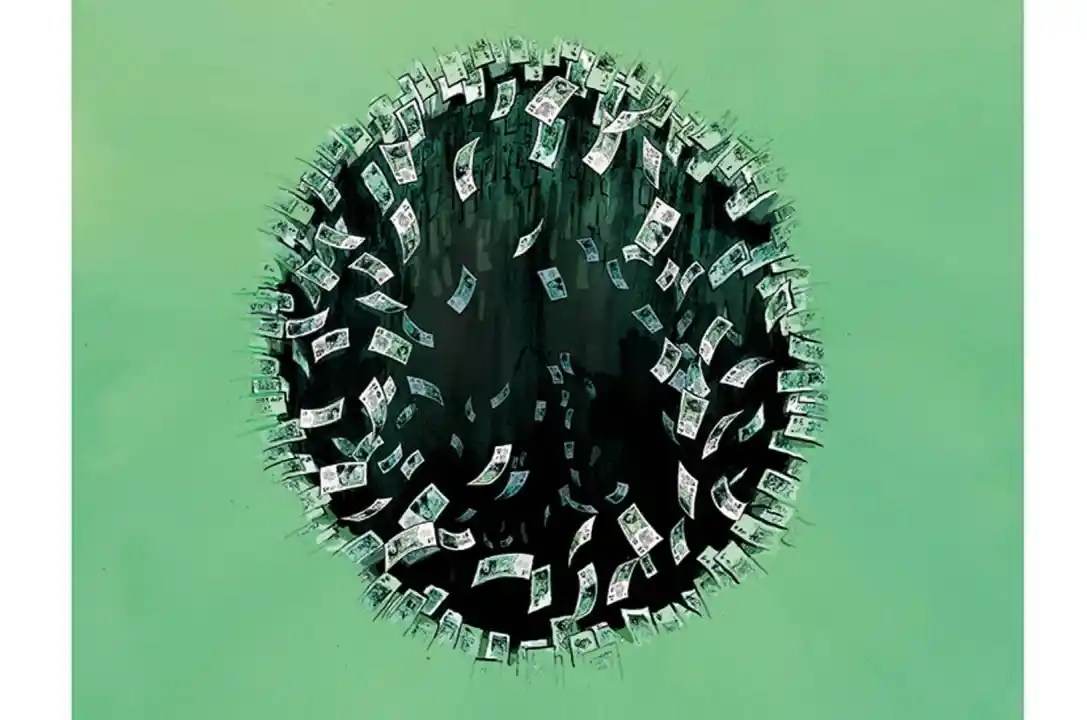Another day, another success in the courts for Dutch environmentalists. This week, the country’s highest court, the Council of State, decided that building is no longer exempt from EU environment protection rules. In one of the world’s most densely-populated countries, where new homes are badly needed – and a 900,000 home building spree had just been announced – this spells trouble: within hours, building association Bouwend Nederland called it a ‘tragedy’ and experts warned it will exacerbate the Netherlands’ housing crisis.
This isn’t the first time the green lobby has enjoyed a victory that leads to confusion and chaos. Farmers continue to vent their fury at plans aimed at reducing emissions that involve cutting livestock numbers and reducing intensive farming. They recognise that some change is necessary: the more than 100 million cattle, pigs and chickens that live on farms in the Netherlands generate massive pollution. But farmers also feel unfairly targeted and unhappy at the speed with which reforms are being brought in – thanks to the target of a 50 per cent reduction in nitrogen compound emissions by 2030.
They aren’t alone: almost one in four Dutch companies is planning to move abroad, according to a new management survey by the Amsterdam Centre for Business Innovation. The unwieldy and unworkable layers of green regulation, swiftly building up, regardless of the consequences, are a factor. Business association VNO-NCW – the Dutch CBI – has given dire warnings that climate court cases are also bad for Dutch businesses.
Yet others say the pace of reform isn’t swift enough: civil servants and businesses are frustrated by policies and court rulings that seem to hamper, as much as help, their efforts to go green. Three years ago, Amsterdam announced, to international fanfare, that it wanted to lead the world in becoming transport emissions-free by 2030. Many people were on board with the idea to mend the post-Covid economy and heal the planet, although they were more sceptical about wrapping it up in a ‘doughnut’ economic model pioneered by an Oxford economist.
The plan is not going well. This week, the Parool, a local newspaper in Amsterdam, revealed that 800 civil servants have written a damning letter to the city’s management team, saying not enough is being done to to protect ‘one of the most vulnerable metropolises in the world’, in a country that is one-fifth water.
The latest Amsterdam political coalition – whose agreement scaled back the economic plans for the city but increased environmental targets – aims to reduce greenhouse gas emissions by 60 per cent by 2030 (on 1990 levels). But can it deliver, or will this be another empty promise? A report carried out earlier this year by consultancy CE Delft found that, based on current efforts, the best the city could hope for was a fall of 42 per cent. Another report from Netherlands Environmental Assessment Agency found this week that the national goal of a 55 per cent drop in emissions by 2030 is ‘still not in sight’.
In the Netherlands, there’s a growing feeling of frustration: among the Amsterdam homeowner who isn’t allowed to install double glazing because of outdated ‘city beauty’ rules, to businesses fed up with environmental policy effectively made by the courts. Environmentalists, who believe change is urgent and must not be bogged down by politics are unhappy; so, too, are those affected by green laws and regulations that make their lives, or livelihoods, more difficult, even if they are trying to do the right thing.
The Netherlands’ farmers fall into this second group. In a country with the EU’s highest density of livestock, nitrogen-based emissions like ammonia from manure and fertiliser runoff are a major issue. A 2019 court ruling found nitrogen-based pollution could not be ‘traded’ as it had been under a previous scheme. Ever since, the Netherlands has been tying itself in knots to reduce emissions from farming, industry and driving – reducing road speeds to 100kph (60 miles an hour) in the day, proposing unpopular farm shut-downs – to limit damage to EU-protected nature reserves.
This latest court ruling this week means building is no longer considered ‘emission-free’ in terms of nitrogen compounds – which it had been, on the basis that the polluting trucks, cranes and machines only operate once. The ruling will mean, as climate minister Rob Jetten warned months ago, that even projects to help transition from fossil fuels to renewable energy generation such as windparks, need another lengthy planning process. He told parliament this will cause ‘acute problems for a number of energy projects of national importance’.
It’s good, of course, to have big ambitions in environmental policy, and the Dutch farming sector knows it needs to change radically to reduce its environmental impact. Zita Pels, Amsterdam deputy mayor for sustainability, tells me ‘the mayor and deputies also think more needs to happen to achieve our climate goals’.
But across the Netherlands, there is a lack of joined-up thinking. Nor is there the desire to carry out the tedious but vital regulatory reform that must accompany changes to environmental laws. Amsterdam, for instance, launched a massive home ‘insulation’ offensive last week, without apparently factoring in that thousands of listed buildings, including homes and offices, are protected by strict city ‘beauty’ rules and nit-picking planners.
At its best, the Netherlands is a place of fascinating ideas, dynamic people and innovative energy policies. But the wheels of its green agenda are in desperate need of oil. Rather than chasing the headlines, ambitious politicians need to win broader local support for uncomfortable changes, sort out their regulatory system, and ditch their sentimentality for pretty buildings that only let out hot air. There’s a cold winter coming.






Comments